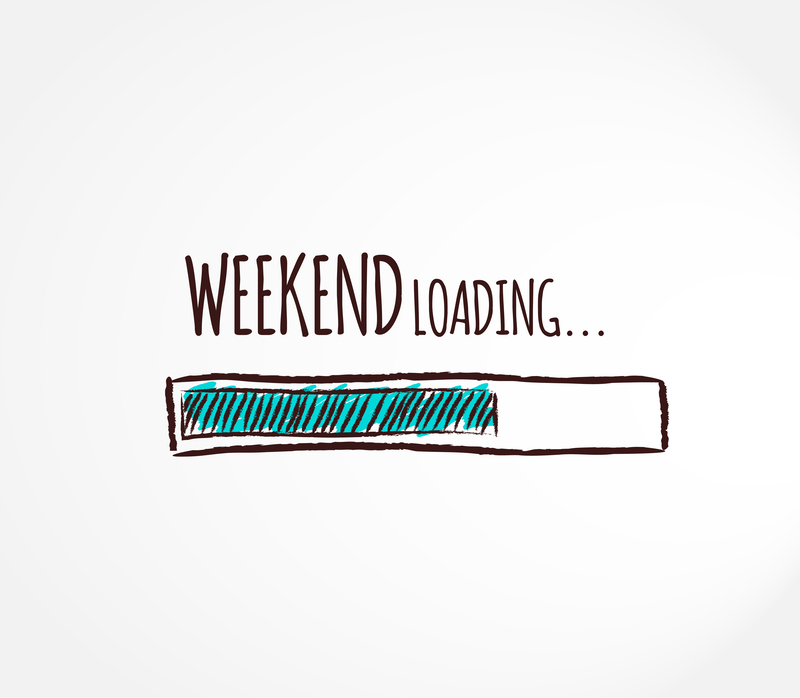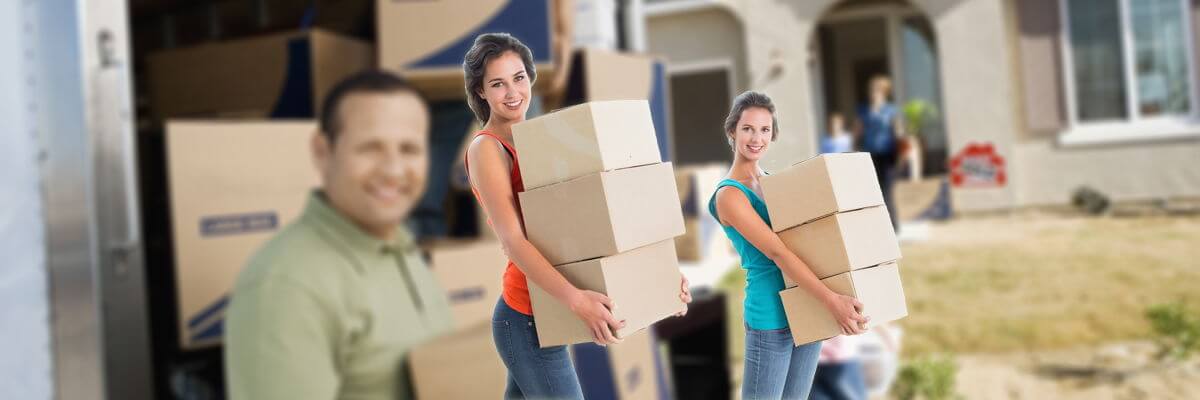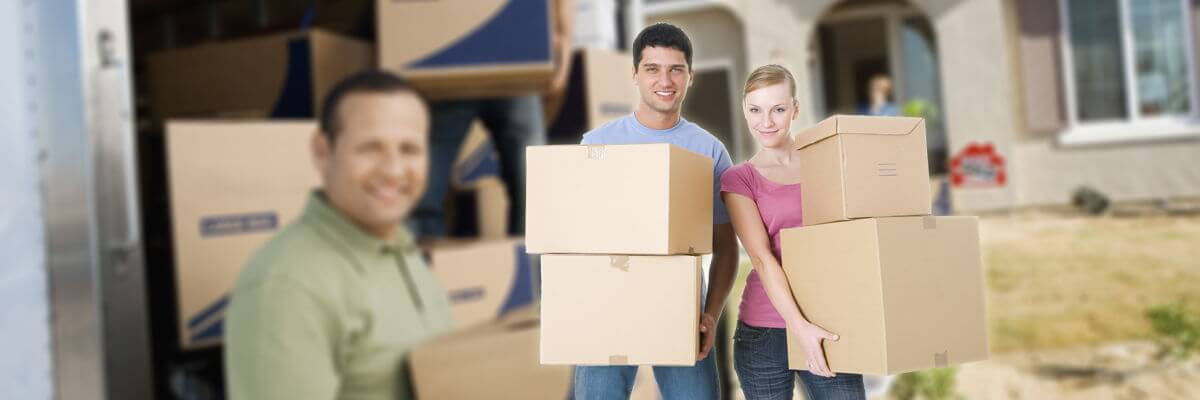Protect Your Piano: Reasons to Avoid DIY Moving
Posted on 02/06/2025
Protect Your Piano: Reasons to Avoid DIY Moving
Transporting your piano safely is no small feat. While the idea of saving money by moving it yourself may seem appealing, the risks far outweigh any possible benefit. In this comprehensive article, we'll explore why hiring professionals is the best choice and highlight significant reasons to avoid do-it-yourself piano moving.

Understanding the Complexity of Piano Moving
Pianos are known for their sophistication, both musically and structurally. Moving a piano involves more than just lifting a heavy object. Let's dissect why professional expertise is required and why attempting a DIY piano move can jeopardize both your instrument and your safety.
1. The Sheer Weight and Size
Pianos are incredibly heavy. Upright pianos can weigh between 300 and 600 pounds, while grand pianos can reach up to 1,200 pounds! Their large, awkward shapes make handling them a significant challenge. Without specialized equipment and training, moving a piano is a recipe for disaster.
- Upright pianos: Difficult to grip and maneuver through doorways and staircases.
- Grand pianos: Bulky and fragile, often requiring partial disassembly.
Why avoid a DIY piano move? The risk of dropping, bumping, or tipping your valuable instrument is high, leading to expensive repairs or irreparable damage.
2. Delicate Construction and Sensitive Parts
Inside every piano is a network of delicate components--strings, hammers, pedals, and a finely balanced soundboard. These elements are designed for precise musicality, not rough handling:
- Strings and hammers can easily be thrown out of alignment.
- Pedals and keys may snap, bend or stick if knocked.
- Soundboards are highly sensitive; even a small crack can ruin a piano's tone.
Putting your piano's internal structure at risk simply isn't worth saving a few bucks on moving costs. This is one of the most compelling reasons to steer clear of DIY piano moving.
Risk of Injury - Not Just To The Piano!
Heavy Lifting and Bodily Harm
Attempting to move a piano without professional assistance can result in severe injuries:
- Back strains and sprains
- Cuts, bruises, and broken bones
- Crushed fingers or toes
- Slips, trips, and falls--especially on stairs
Protect yourself and your helpers by leaving this job to trained movers. They have the experience, proper technique, and equipment to move pianos safely and efficiently.
Property Damage Risks
It's not just about the piano--your home can suffer as well. DIY moving often results in:
- Scratched floors and walls
- Damaged door frames and railings
- Broken tiles and banisters
- Holes punched in drywall
Repairing property damage can be surprisingly expensive, quickly erasing any financial advantage you hoped to gain from avoiding professional movers for your piano.
Tools and Equipment You Probably Don't Have
Professional piano movers utilize specialized equipment for every piano moving job, such as:
- Piano dollies
- Moving pads and blankets
- Furniture straps
- Ramps and skid boards
- Protective wrappings
These aren't standard-issue tools in most households. Renting or buying the right gear, and learning to use it properly, is an extra hassle that many DIY movers overlook--resulting in higher risk to both your piano and your home.
Why Professional Piano Movers Are Worth Every Penny
1. Years of Experience and Expertise
Professional piano movers undergo extensive training to learn exactly how to move these massive instruments through tight spaces, up and down stairs, and into moving trucks. Their expertise reduces the risk of damage and guarantees your piano arrives in perfect condition.
2. Proper Insurance and Accountability
If something goes wrong during a professional move, reputable companies carry specialized insurance covering both your instrument and your property. If you attempt a DIY move and a disaster strikes, you'll likely be left paying for repairs or replacements out-of-pocket.
3. Efficient, Worry-Free Service
The professionals handle every aspect of the move, allowing you to relax. Their streamlined process minimizes time, effort, and anxiety. Investing in expert care for your piano is an investment in peace of mind.
Common DIY Mistakes When Moving Pianos
Many homeowners underestimate how complicated piano moving can be. Here are some classic mistakes made during do-it-yourself piano moves:
- Improper lifting technique - risking injury and piano damage.
- Inadequate manpower - not enough people or the wrong team for the job.
- No planning ahead - moving too quickly, failing to measure doorways or stairs.
- Poor loading/unloading - insufficient ramp support, dropping or shifting in transit.
- No protection for the piano or home - leading to scratches, dents, and chips.
Such DIY piano moving errors can change a simple move into an expensive nightmare.
How Moving Your Piano Incorrectly Can Ruin Its Value
Did you know moving a piano incorrectly can: endanger its structure, diminish its sound quality, and significantly lower its resale value? Even cosmetic damage or misalignment can require professional repairs costing hundreds or thousands of dollars.
- A warped frame can never be fully restored
- Broken or twisted legs are difficult to repair
- A cracked soundboard or pinblock can destroy the tuning forever
Musicians understand that a piano's value is not just in its appearance--it's in its ability to make beautiful music. Don't compromise this simply to save on moving costs.
A Closer Look: What Can Go Wrong With DIY Piano Moving
Unbalanced Loads
Pianos must be perfectly balanced during transport. An uneven load can lead to tipping, falling, and catastrophic damage. Professionals know how to balance and secure every load with precision.
Environmental Hazards
DIY movers often overlook environmental factors such as temperature, humidity, and vibration. Pianos are sensitive to extreme changes, which can warp wood, stretch strings, and damage sensitive materials--especially during long moves or in non-climate-controlled vehicles.
Inadequate Vehicle Space
A standard moving van or pickup truck is often too small or poorly equipped to secure the instrument. Professional movers use larger vehicles, fitted with climate controls and anchor points for safe piano moving.
Frequently Asked Questions About Moving Pianos
Can I move my piano with just a few strong friends?
It's not recommended. Even if you have several strong helpers, improper technique and a lack of specialized equipment make the risk of injury and damage high. Protect your piano by hiring an expert team.
What types of pianos are most at risk during a DIY move?
All pianos are at risk, but grand and baby grand pianos are especially vulnerable due to their size, shape, and balance. Upright pianos can also be easily damaged without professional care.
Isn't moving a piano just like moving any other piece of furniture?
No, pianos are far more intricate and sensitive than most household furniture. The slightest bump can do lasting harm, and the weight distribution is difficult for amateurs to handle safely.
How much does professional piano moving cost?
Costs depend on the piano's size, distance, complexity of the move, and specific requirements. However, the cost of repairing a damaged piano typically far exceeds the price of hiring professionals from the start.

Key Takeaways: Why You Should Avoid DIY Piano Moving
- Pianos are heavy, awkward, and extremely delicate instruments.
- Improper moving techniques put your piano, your property, and your health at risk.
- Specialized tools and experience are essential for a safe piano move.
- Professional movers offer peace of mind, efficiency, and protection.
- DIY mistakes can cause lasting damage or destroy a piano's value and sound.
When you factor in the risks, the choice is clear: Protect your piano by hiring professionals for your next move.
Conclusion: Your Investment Deserves The Best Care
Whether your piano is a treasured family heirloom, a concert-ready grand, or a beloved learning instrument, it deserves the highest standard of care. The risks of a DIY move--damage, injury, and potential loss--vastly outweigh any up-front savings. By relying on professional movers, you can ensure that your piano arrives at its new home safe, sound, and ready to play. Remember, when it comes to piano moves, it's always best to put expertise first and protect your investment for years to come.
Ready to Move Your Piano Safely?
Contact a trusted piano moving company in your area to get a quote and learn more about the process. Don't risk your instrument--protect your piano: avoid DIY moving and let the pros handle the rest.





